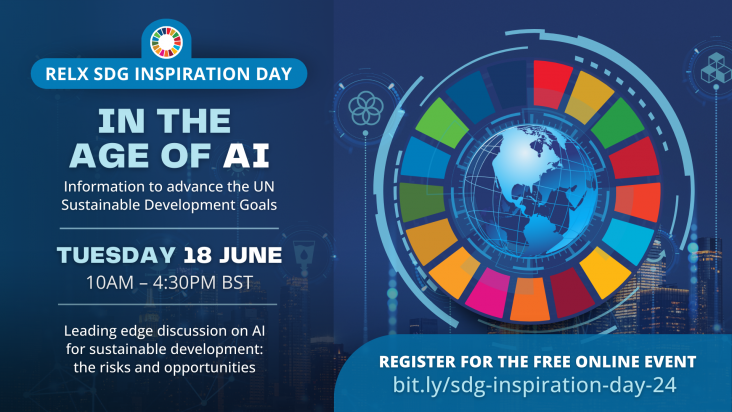The Covid-19 Response in New York City: Crisis Management in the Epicenter of the Epicenter, 2024, Pages 235-245
When news of the unprecedented surge at NYC Health+Hospitals hit the media, donations from all over the world poured into the facilities and health system.


AI holds tremendous potential for advancing the United Nations Sustainable Development Goals (SDGs). AI, particularly generative AI, provides new opportunities to analyse data and trends at pace a
Catalyzing healthcare accessibility through cashless payment gateways in India: a digital revolution
The Lancet Regional Health - Southeast Asia, Volume 23, April 2024
